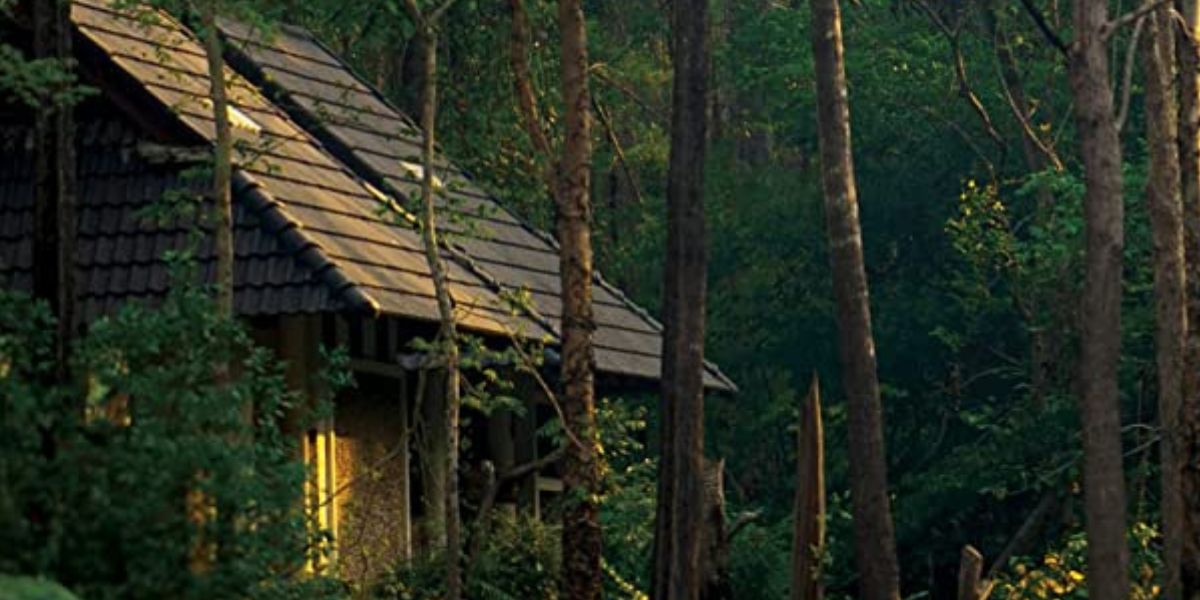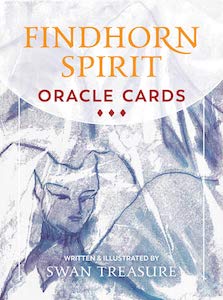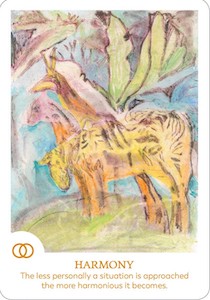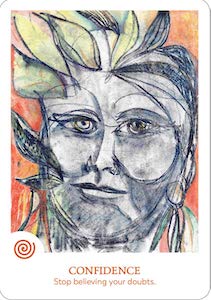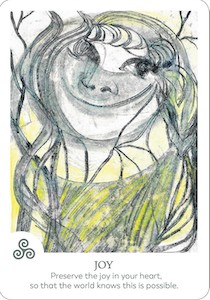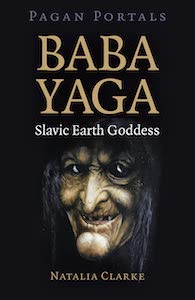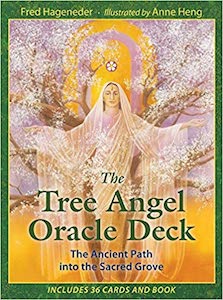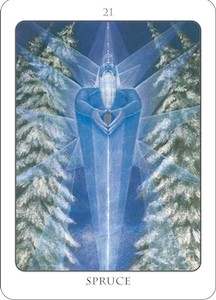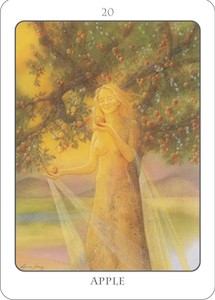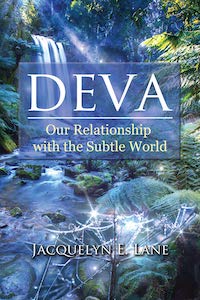
Trees Are Our Letters: A Creative Appointment with Nature’s Communicators, by Carol Day
Moon Books, 1780993862, 136 pages, March 2023
Trees Are Our Letters: A Creative Appointment with Nature’s Communicators by Carol Day is a beautifully written and informative book that explores the remarkable ways in which we are all – humans, nature, and spirit – connected by stories. In particular, she highlights the ways trees communicate with each other, the world around them, and to the creative, spiritual centers of our being. Day offers readers a glimpse into the narrative, consciousness, and mystical history of each tree she has included before taking us on a creative journey with the tree as our guide and mentor. This fascinating approach to writing and introspection succeeds in helping the committed reader unlock their creative potential while making discoveries about the self, personal motivations, and some of the intricate ways each of us is uniquely connected to our environment and ancestry.
In the first chapter, “Sycamore,” and at the beginning of every subsequent chapter, Day introduces the creative structure that she works with throughout the book. The structure is the same regardless of the type of tree being visited. Beginning with the roots, readers are given the history and lore of the tree. Then, moving into the trunk and outward through the branches, readers are guided into a sensorial practice and then a spiritual practice of journeying either into self and tree or outward through “realms behind this one.” When readers reach the Leaves, they are given healing exercises that align with each specific tree and whatever intention the reader brings. Finally, Day helps readers access and spread the seeds of their own creativity through written and spoken word.
In total, there are ten trees visited throughout the book: Sycamore, Beech, Cedar, Poplar, Magnolia, Cherry, Elm, Horse Chestnut, Hornbeam, and Sequoia. Day highlights the different, mystical energy of each tree while being mindful of keeping readers grounded in the deep similarities shared within nature and between the natural world and humans. While most of the exercises and pathways in the book are designed to be easily accessible, there are some specialized tools suggested by Day, as well as a requirement to work directly with each tree.
In the introduction, Day informs readers that the most effective way to go through the exercises in the book is to first attune ourselves with trees by “[taking] some time to be with the trees for the days approaching when you will begin the material.”1 Readers in urban environments might have a difficult time locating and accessing natural places in which to do this. As each individual tree is introduced, readers are instructed to go through the structured exercises in the presence of that specific tree.
Undoubtedly, several readers will have difficulty locating each tree in order to engage in a fully immersive practice. Day acknowledges that and suggests that readers might take a leaf, seed, or branch (after asking permission from the tree) to use throughout the chapter. However, even locating those items can be impossible for someone living in an urban environment or in a part of the world where such trees simply do not grow. Being unable to locate several of the trees, or parts of the trees, I felt as though I missed out on a lot of the benefits of each experience. For example, it was impossible for me to sit underneath a specific tree or to sniff it and listen to its leaves as part of the healing exercises.
The general idea in each chapter is to draw on the history and magic of each tree, allowing the tree to speak to and reveal your creative, storytelling power. Even without the ability to smell or touch some of the trees, I felt genuinely connected to them through Day’s careful guidance and her gentle words of encouragement and support. She takes the reader out into the world and space of the tree and then, using the senses, brings everything home to the individual writer, in their own bodies that are sharing space and love with the trees.
In one writing exercise, Day asks readers to explore two parts of their personality that might not always seem to be in alignment, or to consider another person with whom they might share a challenging relationship with. Then, using the tree imagery and the internal work the reader has done through the chapter, she guides the participant into considering various aspects of themselves or the other person to create a healing story about “The World I Couldn’t See.” When I completed this healing activity, I found that I reached a place of forgiveness for my inner-adolescent and her not-too-great choices. Along with Day’s inspirational words, that errant teen and I made amends and storied a wonderful world together!
If you feel a connection to nature, or even if you’re just hoping to learn more about the natural world around you, and you want to take a creative journey to places inside and out, Trees Are Our Letters is the book for you. You’ll be doing yourself and your spirit a service to set aside some time each week to read, complete the exercises, and write all new stories of yourself, for yourself, and in honor of the earth that carries you.

Nichole is a writer, adjunct professor and mother who is happiest in the forest or garden. She holds MA in Communication from Duquesne University and her MFA from New England College. She has leaned into the power of words for healing and spiritual journeying. Her poetry often explores the relationship between the natural world and human longing, and the magic that arises from that connection. Her academic, business, and creative writings have appeared in national and international publications.
